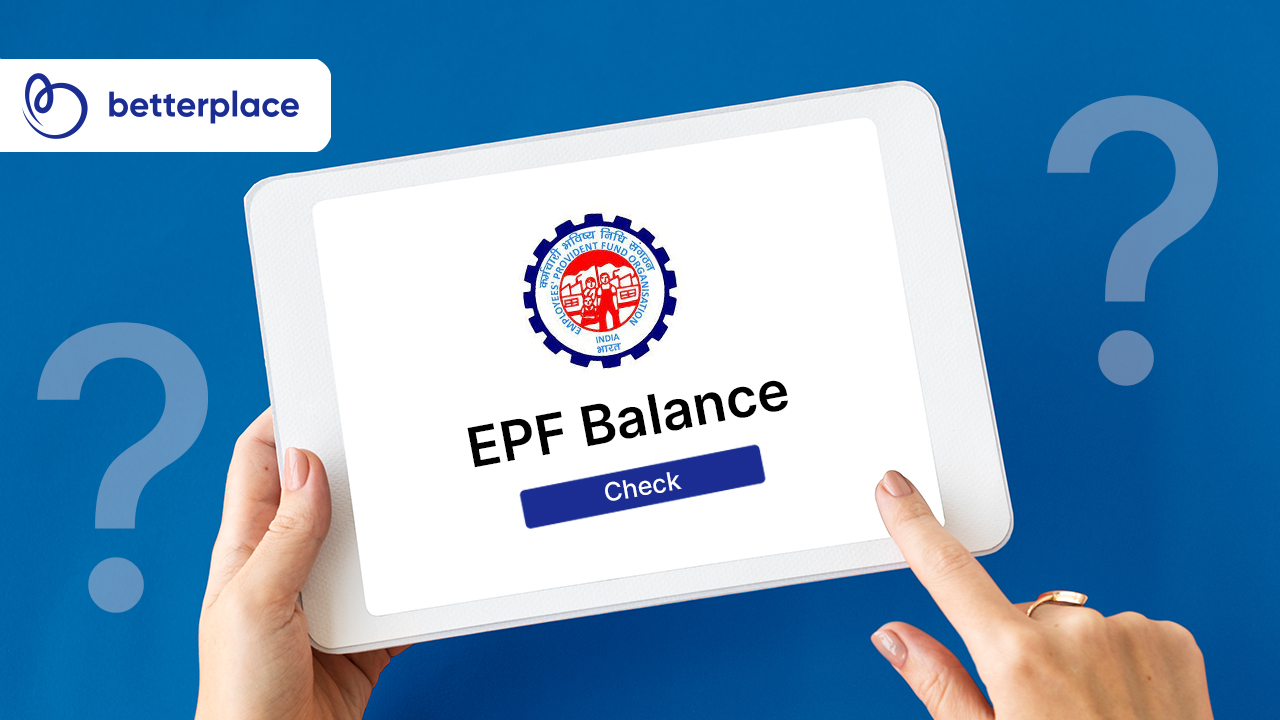There has been a profound shift in the way organizations manage and develop their workforce as they navigate and survive in today’s highly competitive and globalized market. Over the past few years, most organizations have come to realize & consider that the role of training and development in HRM is integral to their overall business growth. Today, organizations place an increased emphasis on employee upskilling programs and mandate that employees complete a minimum number of training hours each year.
Training and development in HRM are crucial for ensuring employees become the greatest asset of an organization. This is not only at the time of hiring but also throughout the entire process of growing and retaining these employees, making them truly valuable members of the organization. Achieving sustained success for an organization depends on this.
Human resources professionals are highly sought after for the role they play in not only assessing & identifying employee needs but also building programs that meet these needs. One such key program is upskilling employees within an organization with appropriate training and development opportunities.
A few essential roles of HR in employee training and development are listed below:
Training Needs Assessment (TNA)
HR is responsible for conducting a needs assessment to identify the training needs of employees. This involves building a competency framework to analyze the skills and knowledge gap for each position in the organization. Also reviewing employee performance appraisals to identify areas where employees are struggling and need training. HR gathers feedback from employees through surveys or focus groups, they conduct skip levels & manager meetings to determine the areas where training is needed. Additionally, keeping up with industry changes & transformations to identify areas where employees need training and development to keep up with new trends and technologies and finally identifying skill- gaps required with the onset of new projects or initiatives.
Designing and Developing Training Programs
HR will start by defining the learning objectives of the training program. These objectives are specific, measurable, achievable, relevant, and time-bound (SMART) to ensure that the program meets the needs of the organization and the learners. They choose the most appropriate training method based on the learning objectives, the nature of the content, and the learners’ needs. HR is also responsible for getting the right training materials developed either in-house or with the use of external subject matter experts. Additionally, HR sources, assesses and hires with apt terms, the right internal or external trainer, who can deliver the training effectively.
Implementation & Delivery of Training Programs
HR is responsible for ensuring that the training programs are implemented successfully. This includes scheduling the training sessions, booking trainers, and making sure that all participants have the necessary materials and are ready to participate. The delivery methods can vary, including classroom training, e-learning, on-the-job training, and coaching. Works on budgeting for training and development programs. This includes determining the resources needed to conduct the training, such as trainers, materials, and facilities. HR ensures that training programs comply with legal and regulatory requirements including providing training on topics such as sexual harassment, discrimination, and safety. Additionally, they monitor employee participation in training programs to ensure that all employees are receiving the training they need to be successful in their roles.
Evaluation of Training Programs Effectiveness
HR evaluates the effectiveness of the training programs to determine if the training was successful in improving the employee’s knowledge and skills. This helps HR identify areas where improvement is needed for future training programs. Additionally, they evaluate the trainers’ performance to ensure they are delivering the training effectively. HR conducts feedback surveys to gather feedback from participants on the effectiveness of the training. The survey can ask questions about the relevance of the training to their job, the quality of the training materials, the effectiveness of the trainer, and the overall value of the training. They can also administer pre and post-assessments of the participants or observe employees on the job to determine if there has been an improvement in knowledge or skills & measure the impact of the training program on employee performance. The other two roles of HR include conducting follow-up evaluations to determine if the training has a long-term impact on employee performance and identifying any areas where additional training or support may be needed and conducting a return on investment (ROI) analysis to determine if the training program was worth the cost.
Creating Career Path Development
HR provides career development opportunities to employees to help them grow and advance their careers within the organization. They will support the training with additional interventions such as job shadowing, one on one coaching, mentoring, and other development opportunities. This encourages employees to engage in continuous learning to improve their skills and knowledge and resulting in employees feeling valued and invested in their career growth within the organization and ultimately in retention. Additionally, HR also identifies high-potential employees and provides them with targeted training and development programs to prepare them for future leadership roles within the organization and create a strategic succession plan.
HR facilitates a well-designed learning and development process to help employees identify their weaknesses and overcome them. Employees feel more valued and motivated when they receive the personal attention they need, can learn at their own pace, and are challenged on the job. Employees who are upskilled are more competitive and contribute to the success of the company.
Organizations rely on training and development as an essential component of HRM, helping their employees grow and develop. By investing in training and development, HRM helps organizations develop a skilled and competent workforce that can meet the demands of an ever-changing business environment.








